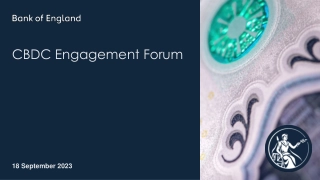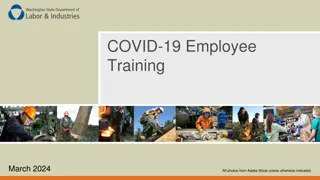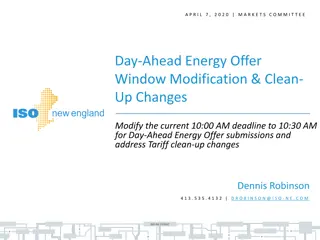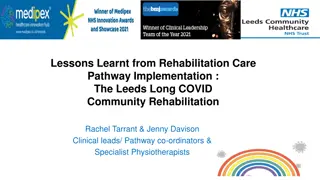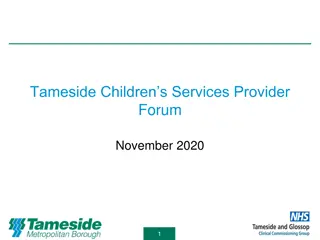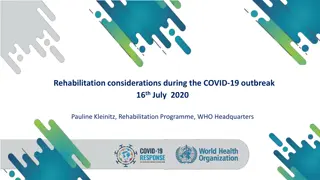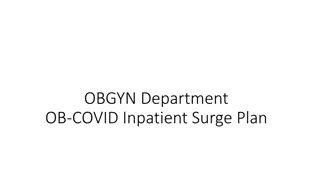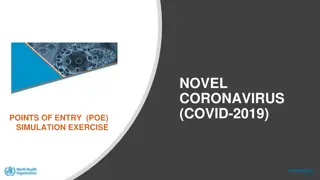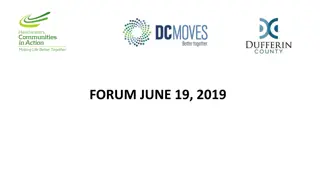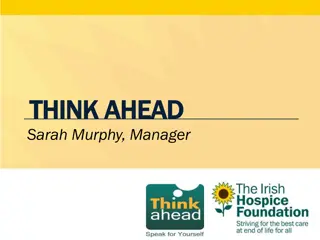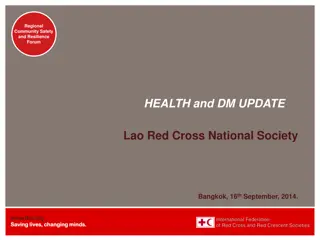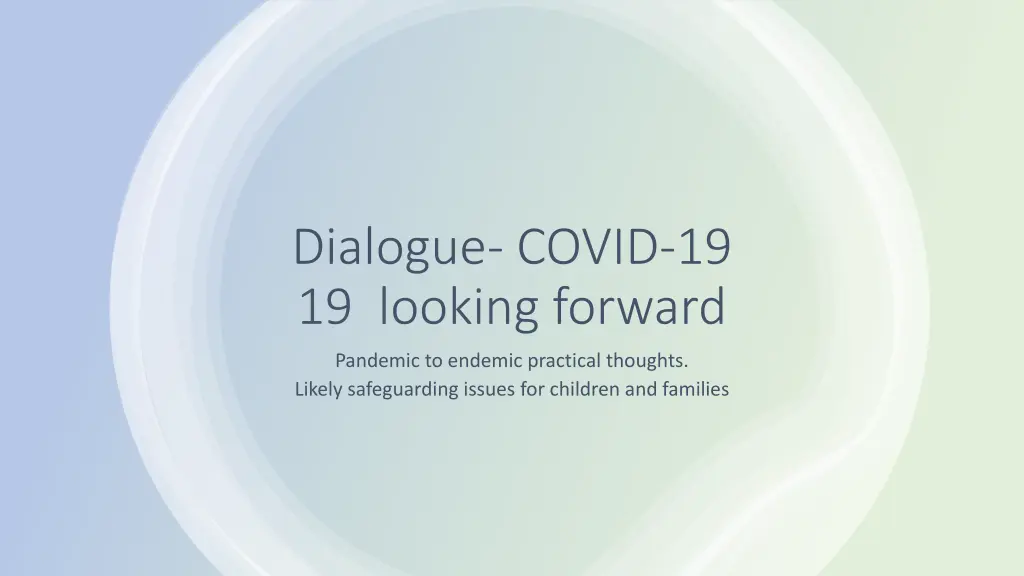
Managing Safeguarding Issues for Children and Families Amid the Pandemic Shift
Exploring the transition of COVID-19 from a pandemic to an endemic, this article delves into the practical implications and likely safeguarding concerns for children and families. It addresses long-term impacts, such as poverty, accommodation challenges, mental health issues, and the need for strategic planning. Resources and research links provide further insights into the ongoing effects on young people and proposed solutions for effective planning and support.
Download Presentation

Please find below an Image/Link to download the presentation.
The content on the website is provided AS IS for your information and personal use only. It may not be sold, licensed, or shared on other websites without obtaining consent from the author. If you encounter any issues during the download, it is possible that the publisher has removed the file from their server.
You are allowed to download the files provided on this website for personal or commercial use, subject to the condition that they are used lawfully. All files are the property of their respective owners.
The content on the website is provided AS IS for your information and personal use only. It may not be sold, licensed, or shared on other websites without obtaining consent from the author.
E N D
Presentation Transcript
Dialogue- COVID-19 19 looking forward Pandemic to endemic practical thoughts. Likely safeguarding issues for children and families
Longer term: Coronavirus is likely to be with us for a long time and is likely to become endemic in the population with the roll out of an annual vaccination programme as for influenza. We recognise that a generation of children and young people will feel its impact in some way- ------
Thoughts: Poverty Accommodation Free school meal indicator Domestic abuse Disruption of support networks( relatives shielding , death from COVID-19 19) Increase in parental substance misuse Neglect Increase in the number of children/young people with additional needs Impact on young carers- have they become a young carer because of COVID-19 19/ long COVID-19 for a parent or carer? Impact of social isolation Regression Mental health issues- emotional / social resilience, self harm , behaviour Digital poverty
Thoughts: Challenge in getting all our linked agency systems up and running Increased levels of vulnerability in relation to CE Impact of increased social media exposure Potential increase in looked after children Impact on the BAME community Need for increased resources Need for strategic planning Build in responses as a part of progress monitoring Impact on youth employment Impact on FE / HE settings
Research on the go / other info.. https://www.mentalhealth.org.uk/publications/impacts-lockdown-mental- health-children-and-young-people https://www.ukri.org/research/coronavirus/researching-the-impacts-of- coronavirus/childrens-education-during-lockdown/ Eighteen month studies started in July 2020: https://www.brookes.ac.uk/about-brookes/news/impact-of-lockdown-on- young-children-is-studied-by-psychologists/ https://www.ox.ac.uk/news/2020-08-19-study-finds-significant-increase-child- parent-violence-lockdown https://learning.nspcc.org.uk/research-resources/2020/social-isolation-risk- child-abuse-during-and-after-coronavirus-pandemic https://blog.ons.gov.uk/2020/10/22/mental-health-of-children-and-young- people-in-the-pandemic/ https://digital.nhs.uk/data-and-information/publications/statistical/mental- health-of-children-and-young-people-in-england/2020-wave-1-follow-up
What next? A lot to think about? Need to plan Are you confident in the short term , medium term? Do you have clear views at the moment of the impact(s) / interventions/ potential issues for vulnerable young people at home , in school , with mentors, online learning, emotional health, in broader society? Do you have clear links and input to senior leadership processes in relation to COVID-19 19 and the longer term strategic planning which will be necessary for the service ? Is your RI supportive and informed? Hopefully, we will start to feel the impact of the vaccination roll out as this next year develops This is an evolving situation and we will need to continue responding
Looking forward- pandemic to endemic Managing from now on
An endemic virus.what does this mean for us? Def: regularly found among particular people or in a certain area Largely predictable when it is a disease e.g. influenza Coronavirus-will continue to mutate as it reproduces in human cells, especially in areas of more intense transmission, hence the need for an influenza type response- likely annually We don t yet know how long immunity from infection from COVID-19 will last, or how good vaccines will be at protecting people. But other coronaviruses that are endemic in the human population, such as those that cause colds, only confer temporary immunity of about one year. This is a new virus and a new illness- there is still much to learn , but also a lot which lines up with what we know about endemic illnesses Will need a global approach.
Priority groups- current Priority/Risk group 1 Residents in a care home for older adults and staff working in care homes for older adults 2 All those 80 years of age and over and health and social care workers 3 All those 75 years of age and over 4 All those 70 years of age and over and clinically extremely vulnerable individuals (not including pregnant women and those under 18 years of age) 5 All those 65 years of age and over 6 Adults aged 18 to 65 years in an at-risk group (see below) 7 All those 60 years of age and over 8 All those 55 years of age and over 9 All those 50 years of age and over 10 Rest of the population (to be fully determined)
Clinical conditions considered Clinical conditions list: a blood cancer (such as leukaemia, lymphoma or myeloma) diabetes dementia a heart problem a chest complaint or breathing difficulties, including bronchitis, emphysema or severe asthma a kidney disease a liver disease lowered immunity due to disease or treatment (such as HIV infection, steroid medication, chemotherapy or radiotherapy)
Clinical conditions considered rheumatoid arthritis, lupus or psoriasis liver disease have had an organ transplant had a stroke or a transient ischaemic attack (TIA) a neurological or muscle wasting condition a severe or profound learning disability a problem with your spleen, example sickle cell disease, or you have had your spleen removed are seriously overweight (BMI of 40 and above) are severely mentally ill
Vaccination contd New safeguarding dynamic for education and children s services especially those services which support disabled children or those with difference, children with medical needs etc. Issues such as managing the combination of a vaccinated and non vaccinated community, parental consent etc will need to be considered. Vaccinations will have no impact on this wave. Likely to have an impact summer 2021 onwards if everyone identified for vaccination has had both vaccinations and kept compliance going (face , space , hands) whilst the programme is rolled out. Unfortunately , this is not a seasonal virus. We will move from a PANDEMIC to ENDEMIC situation needs to be planned out.
Vaccinations. Issue may arise as we have a willing participant approach- problematic? 20-30% drop off between first and second injection- problematic? Immunity conferred after first injection, second to boost, and confer full immunity- up to 3-4 weeks later Issue of vaccine hesitancy can also occur Any other thoughts?
Vaccine hesitancy. CONTEXTUAL INFLUENCES INDIVIDUAL AND SOCIAL GROUP INFLUENCES - family - socio-economic group - peer group - Immunisation is a social norm VS immunisation is not needed/harmful - Beliefs , attitudes and motivation about health prevention - Knowledge and awareness of why/where/what/when vaccines are needed - influential leaders and individuals - politics/policies - religion - culture - gender - social media. - Personal experience with and trust in health system and provider - Risks/benefits- as perceived - Experience with past vaccination
Vaccine hesitancy VACCINE AND VACCINATION SPECIFIC ISSUES Any others you can think of? - Risk / benefit - Access to vaccination - Mode of administration/ delivery - Introduction of a new vaccine - Reliability of vaccine supply - Role of healthcare professionals - Any incentive to be vaccinated - Information and follow up
Vaccination- issues: Areas for Managers and RI / Headteachers and Heads of Care to consider in relation to vaccines: - You may have to manage a part vaccinated community / non-vaccinated community how? What issues could arise ? - How will you know who has been vaccinated and who has not? Do you need to know? - How will you be sure that the person has received both vaccines? - Families / carers who refuse the vaccination? - Longer term view re. a possible ongoing booster programme - Potential roll out for whole population vaccination - Practicalities like time off work to have the injections? - Ongoing face , space and hands? - Any other thoughts?
Risks ahead Potential impact of starting to lift the lockdown- return to tiers local , national? Lack of public buy in to face , space ,hands which will be an ongoing message General weariness Frustration at the lack of a quick fix Logistics behind vaccination roll out and mass testing model Others as in the slides above. Lots to think about and starting to think about your plans around moving from PANDEMIC TO ENDEMIC.

